Travertine Flooring: Pros and Cons That You Need to Know
Travertine flooring has been a popular choice for homeowners for its natural beauty and durability. However, there are pros and cons that you need to know before deciding if it's the right flooring option for your living room.
Pros: Natural Beauty: Travertine is a type of limestone that has unique patterns and colors, making it a stunning addition to any living room. Its natural beauty adds a touch of elegance and sophistication to the space.
Durable: Travertine is a highly durable flooring material that can withstand heavy foot traffic, making it a great choice for high-traffic areas like the living room. It's also resistant to scratches and stains, making it a low-maintenance option.
Heat Resistant: Travertine is a natural stone that is formed by hot springs, giving it the ability to withstand high temperatures without getting damaged. This makes it a great option for homes with underfloor heating.
Increases Home Value: The natural beauty and durability of travertine flooring can add value to your home, making it a good investment for the long run.
Cons: Expensive: Travertine flooring can be quite expensive, especially if you opt for high-quality materials. The installation process can also add to the overall cost.
Porosity: Travertine is a porous stone, which means it can absorb liquids and stains. This makes it important to seal the flooring regularly to prevent any damage.
Requires Maintenance: While travertine is a durable material, it does require regular maintenance to keep it looking its best. This includes sealing, cleaning, and polishing.
Travertine Floors: A Buyer's Guide
If you're considering installing travertine floors in your living room, it's important to know what to look for when making a purchase. Here's a buyer's guide to help you make an informed decision.
Determine Your Budget: Travertine flooring can range in price depending on the quality and type of stone. It's important to determine your budget beforehand to ensure you're getting the best quality within your price range.
Choose the Right Type of Travertine: There are different types of travertine, such as honed, filled, or tumbled. Each type has its own unique look and characteristics, so make sure to choose one that fits your design aesthetic and lifestyle.
Consider the Finish: Travertine can be finished in different ways, such as polished, honed, or brushed. Each finish has its own pros and cons, so it's important to consider which one will work best for your living room.
Check for Quality: When purchasing travertine flooring, make sure to check for any imperfections, such as cracks or holes. You want to ensure you're getting high-quality stone to avoid any issues in the future.
Ask About Maintenance: Different types of travertine may require different levels of maintenance, so make sure to ask about the recommended cleaning and sealing process for your chosen stone.
Travertine Flooring: Is It Right for Your Home?
While travertine flooring may have its pros and cons, it ultimately comes down to whether it's the right choice for your home. Here are some factors to consider before making a decision.
Style: Travertine flooring is a natural stone that adds a touch of elegance and warmth to any living room. If you prefer a more modern or sleek design, then this may not be the best option for you.
Budget: As mentioned earlier, travertine flooring can be quite expensive. If you have a limited budget, you may want to consider other flooring options that offer a similar look at a lower cost.
Lifestyle: If you have a busy household with young children or pets, you may want to consider a more durable and low-maintenance flooring option. Travertine can be prone to scratching and staining, so it may not be the best choice for high-traffic areas.
Climate: Travertine is a natural stone that can be affected by extreme temperatures and moisture. If you live in an area with harsh weather conditions, it may not be the most practical flooring choice.
Travertine Floors in Living Room: Design Ideas
Travertine floors can add a touch of luxury and warmth to any living room. Here are some design ideas to inspire you:
French Country: Incorporate travertine flooring in a French country-style living room for a sophisticated and romantic look.
Contemporary: Contrary to popular belief, travertine can also work well in modern or contemporary living rooms. Pair it with sleek and minimalistic furniture for a unique contrast.
Rustic: Travertine flooring can also add to the rustic charm of a living room. Combine it with wooden elements and earthy tones for a cozy and inviting space.
Mediterranean: Travertine is a popular choice for Mediterranean-style homes. Its warm tones and natural patterns can complement the warm and inviting atmosphere of this design aesthetic.
Minimalistic: Travertine can also work in a minimalistic living room. Its natural beauty can add texture and depth to an otherwise simple and clean space.
Travertine Flooring Maintenance: Tips and Tricks
To keep your travertine floors looking their best, here are some maintenance tips to follow:
Seal Regularly: As mentioned earlier, travertine is a porous stone and requires regular sealing to protect it from stains and damage.
Use Mild Cleaners: Avoid harsh chemicals and acidic cleaners when cleaning your travertine floors. Stick to mild and pH-neutral cleaners to avoid any damage to the stone.
Wipe Up Spills Immediately: Since travertine is prone to staining, it's important to clean up any spills immediately to prevent them from seeping into the stone.
Use Mats and Rugs: Placing mats and rugs in high-traffic areas can help protect your travertine floors from scratches and wear and tear.
Regularly Sweep and Mop: Regularly sweeping and mopping your travertine floors can help prevent dirt and debris from scratching the surface and keep it looking clean and polished.
Travertine Floors vs. Marble Floors: Which is Better?
Both travertine and marble are popular choices for flooring, but which one is better for your living room? Here's a comparison to help you decide:
Appearance: Travertine has a more rustic and natural look, while marble has a more polished and elegant appearance. It ultimately depends on your personal preference and the overall style of your living room.
Durability: Both travertine and marble are durable materials, but travertine is more resistant to scratches and stains. Marble, on the other hand, is more prone to scratching and staining.
Maintenance: While both require regular cleaning and maintenance, marble may require more frequent sealing compared to travertine.
Price: Travertine is generally more affordable than marble, but it ultimately depends on the quality and type of stone you choose.
Travertine Flooring Cost: How Much Should You Expect to Pay?
The cost of travertine flooring can vary depending on various factors such as the type of stone, the quality, and the overall size of the living room. Here's a breakdown of the average costs to give you an idea:
Low-quality travertine: $3 - $5 per square foot
Mid-quality travertine: $5 - $10 per square foot
High-quality travertine: $10 - $30+ per square foot
Installation: $4 - $8 per square foot
Sealing: $0.25 - $3 per square foot
Keep in mind that these are just average estimates and can vary depending on your location and specific project requirements.
Travertine Floors in Living Room: Pros and Cons
To summarize, here are the pros and cons of having travertine floors in your living room:
Pros: Natural beauty, durable, heat resistant, increases home value
Cons: Expensive, porous, requires maintenance
Travertine Flooring Installation: DIY or Hire a Professional?
When it comes to installing travertine floors, you may be wondering if you should do it yourself or hire a professional. Here are some things to consider:
Skill and Experience: Installing travertine flooring requires some level of skill and experience, so if you're not confident in your abilities, it's best to hire a professional to ensure the job is done correctly.
Time and Effort: Installing travertine floors can be a time-consuming and laborious process, especially if you're not familiar with it. Hiring a professional can save you time and effort.
Cost: While hiring a professional may be more expensive upfront, it can save you money in the long run by avoiding any mistakes or damage to the stone during installation.
Warranty: Professional installation often comes with a warranty, giving you peace of mind knowing that any issues that may arise will be taken care of.
Travertine Floors in Living Room: How to Clean and Maintain Them
To keep your travertine floors looking their best, here are some tips for cleaning and maintenance:
Regularly sweep and mop: As mentioned earlier, regular sweeping and mopping can help prevent dirt and debris from scratching the surface and keep it looking clean and polished.
Wipe up spills immediately: As with any flooring, it's important to clean up spills immediately to prevent staining and damage to the stone.
Use mild cleaners: Avoid harsh chemicals and acidic cleaners when cleaning your travertine floors. Stick to mild and pH-neutral cleaners to avoid any damage to the stone.
Seal regularly: To protect your travertine floors from stains and damage, make sure to seal them regularly as per the manufacturer's recommendations.
Do not use abrasive tools: When cleaning your travertine floors, avoid using abrasive tools or harsh scrubbers as they can scratch the surface of the stone.
The Timeless Elegance of Travertine Floors in Your Living Room

Transform Your Living Room into a Luxurious Space
 When it comes to designing the perfect living room, every element matters. From the furniture to the color scheme, each detail plays a significant role in creating the overall aesthetic and atmosphere of the space. And one element that can truly elevate the look and feel of your living room is the type of flooring you choose. While there are many options available,
travertine floors
stand out as a timeless and luxurious choice that can transform your living room into a stunning and elegant space.
When it comes to designing the perfect living room, every element matters. From the furniture to the color scheme, each detail plays a significant role in creating the overall aesthetic and atmosphere of the space. And one element that can truly elevate the look and feel of your living room is the type of flooring you choose. While there are many options available,
travertine floors
stand out as a timeless and luxurious choice that can transform your living room into a stunning and elegant space.
The Natural Beauty of Travertine
 Travertine is a type of natural stone that is formed by minerals dissolving in groundwater and then being deposited on the surface of the earth. It is a type of limestone and is known for its unique and beautiful patterns and colors.
Travertine floors
come in a range of shades, from light cream to dark brown, with swirling veins and flecks of different colors. This natural variation in color and pattern gives each piece of travertine its own unique look, adding character and charm to your living room.
Travertine is a type of natural stone that is formed by minerals dissolving in groundwater and then being deposited on the surface of the earth. It is a type of limestone and is known for its unique and beautiful patterns and colors.
Travertine floors
come in a range of shades, from light cream to dark brown, with swirling veins and flecks of different colors. This natural variation in color and pattern gives each piece of travertine its own unique look, adding character and charm to your living room.
Durability and Longevity
 Not only is travertine aesthetically pleasing, but it is also a highly durable and long-lasting flooring option. This natural stone is extremely dense and can withstand heavy foot traffic, making it an ideal choice for high-traffic areas like the living room. It is also resistant to scratches and stains, making it a practical choice for families with children and pets. With proper care and maintenance,
travertine floors
can last for decades, making it a worthwhile investment for your home.
Not only is travertine aesthetically pleasing, but it is also a highly durable and long-lasting flooring option. This natural stone is extremely dense and can withstand heavy foot traffic, making it an ideal choice for high-traffic areas like the living room. It is also resistant to scratches and stains, making it a practical choice for families with children and pets. With proper care and maintenance,
travertine floors
can last for decades, making it a worthwhile investment for your home.
Versatility in Design
 One of the great things about
travertine floors
is their versatility in design. They can be honed for a smooth, polished finish, or tumbled for a more rustic and aged look. You can also choose from a variety of sizes and shapes, such as tiles, pavers, or mosaics, to create a unique and customized look for your living room. Whether you prefer a modern or traditional aesthetic, travertine floors can complement any style and add a touch of elegance to your living space.
One of the great things about
travertine floors
is their versatility in design. They can be honed for a smooth, polished finish, or tumbled for a more rustic and aged look. You can also choose from a variety of sizes and shapes, such as tiles, pavers, or mosaics, to create a unique and customized look for your living room. Whether you prefer a modern or traditional aesthetic, travertine floors can complement any style and add a touch of elegance to your living space.
Low Maintenance and Easy to Clean
 In addition to their durability,
travertine floors
are also known for their low maintenance and easy cleaning. The smooth surface of honed travertine makes it resistant to dirt and dust, and any spills can be easily wiped away with a damp cloth. Regular sweeping and occasional mopping with a mild cleaner will keep your travertine floors looking like new for years to come.
In addition to their durability,
travertine floors
are also known for their low maintenance and easy cleaning. The smooth surface of honed travertine makes it resistant to dirt and dust, and any spills can be easily wiped away with a damp cloth. Regular sweeping and occasional mopping with a mild cleaner will keep your travertine floors looking like new for years to come.
In Conclusion
 If you want to add a touch of timeless elegance to your living room, consider
travertine floors
as your flooring choice. With their natural beauty, durability, versatility, and low maintenance, they are an excellent investment that will enhance the overall design and value of your home. So, why wait? Transform your living room into a luxurious space with the captivating beauty of travertine floors.
If you want to add a touch of timeless elegance to your living room, consider
travertine floors
as your flooring choice. With their natural beauty, durability, versatility, and low maintenance, they are an excellent investment that will enhance the overall design and value of your home. So, why wait? Transform your living room into a luxurious space with the captivating beauty of travertine floors.




:max_bytes(150000):strip_icc()/travertine-flooring-pros-and-cons-1314707-03-7366b5c03c28424193e05dec679476a8.jpg)













:max_bytes(150000):strip_icc()/tile-flooring-157732208-585984253df78ce2c356410c.jpg)
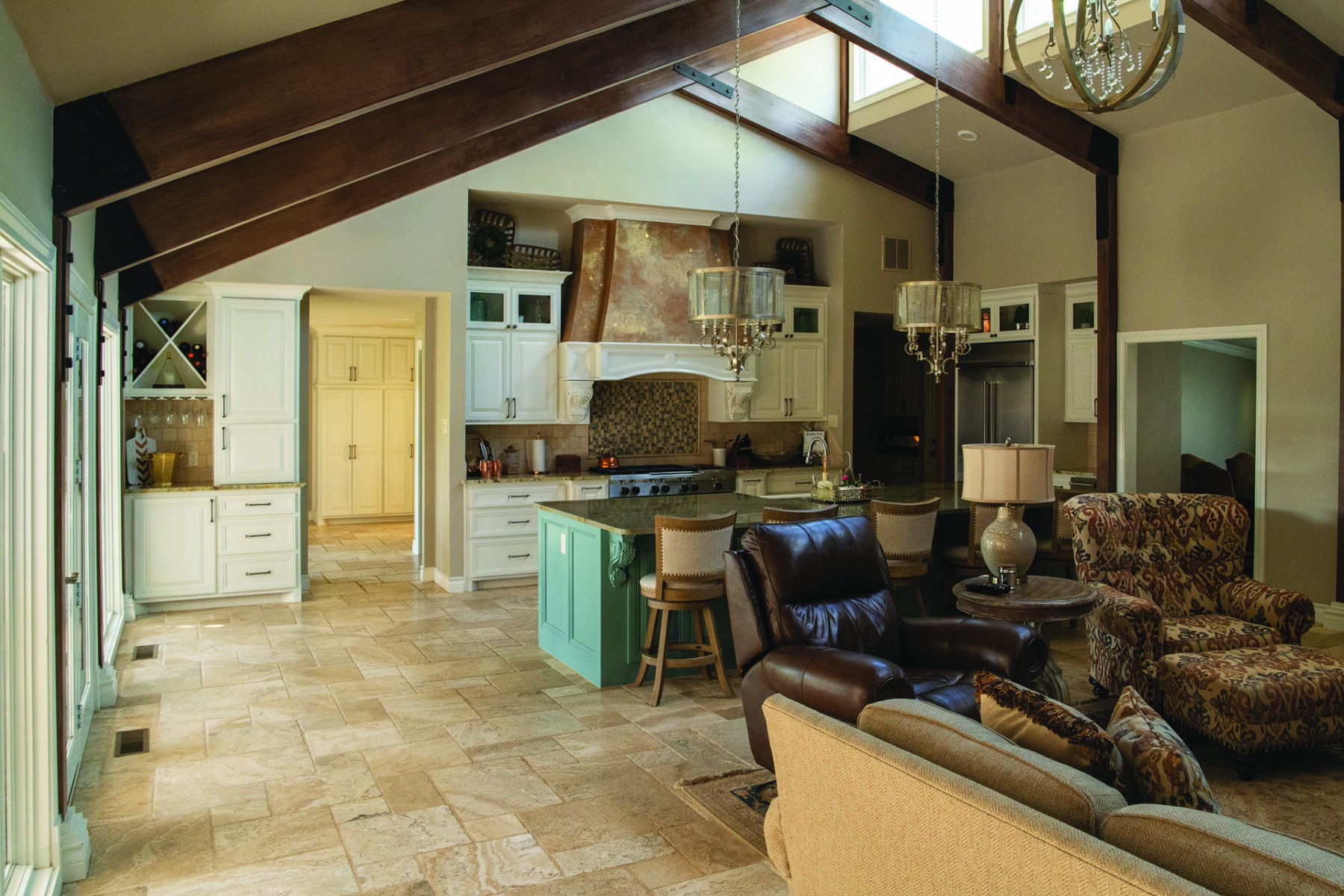

















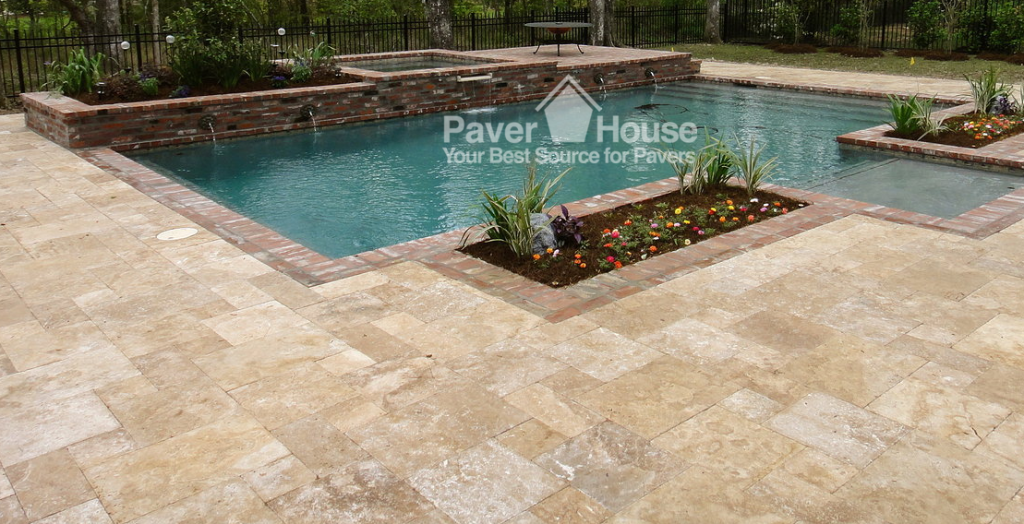







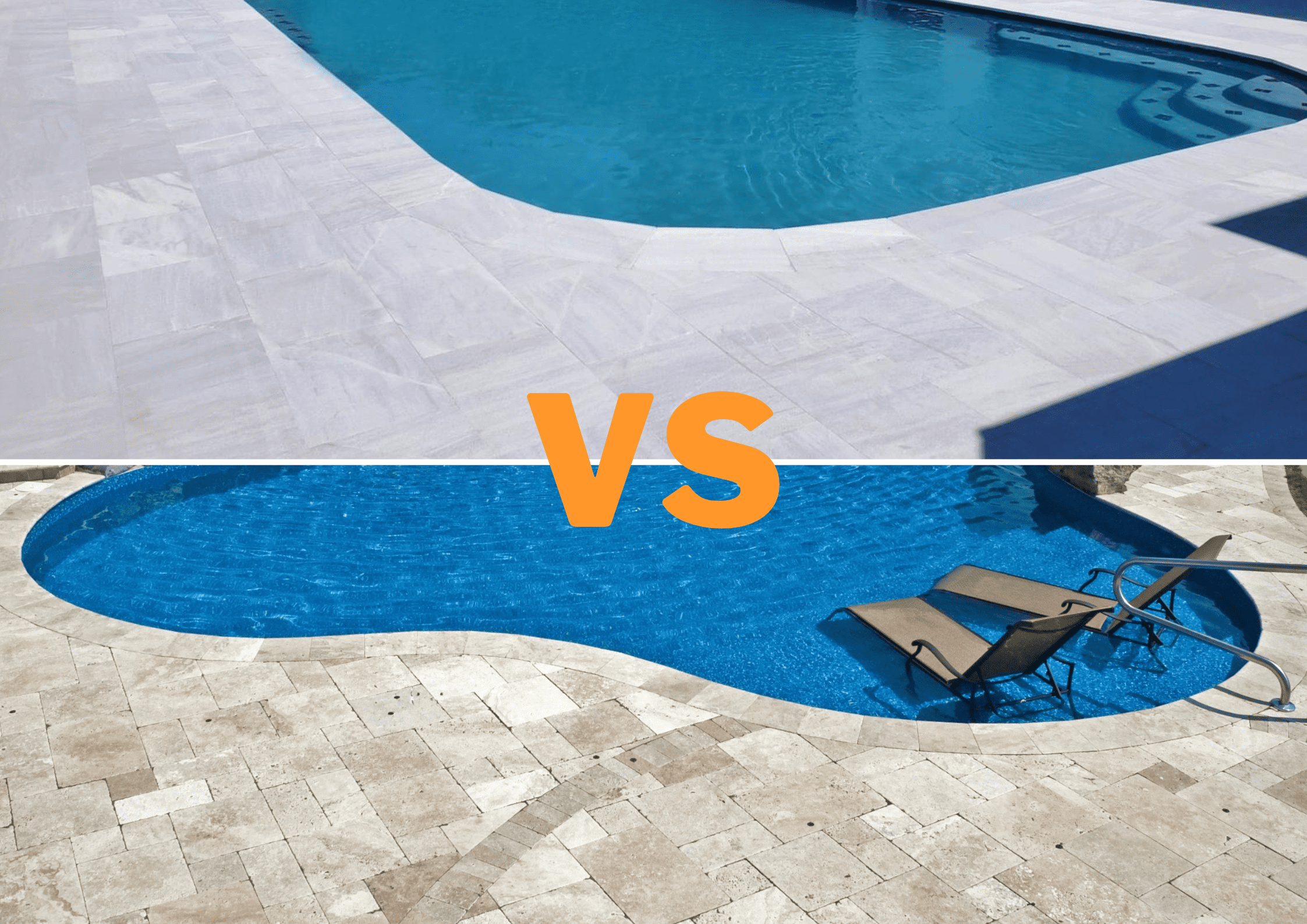


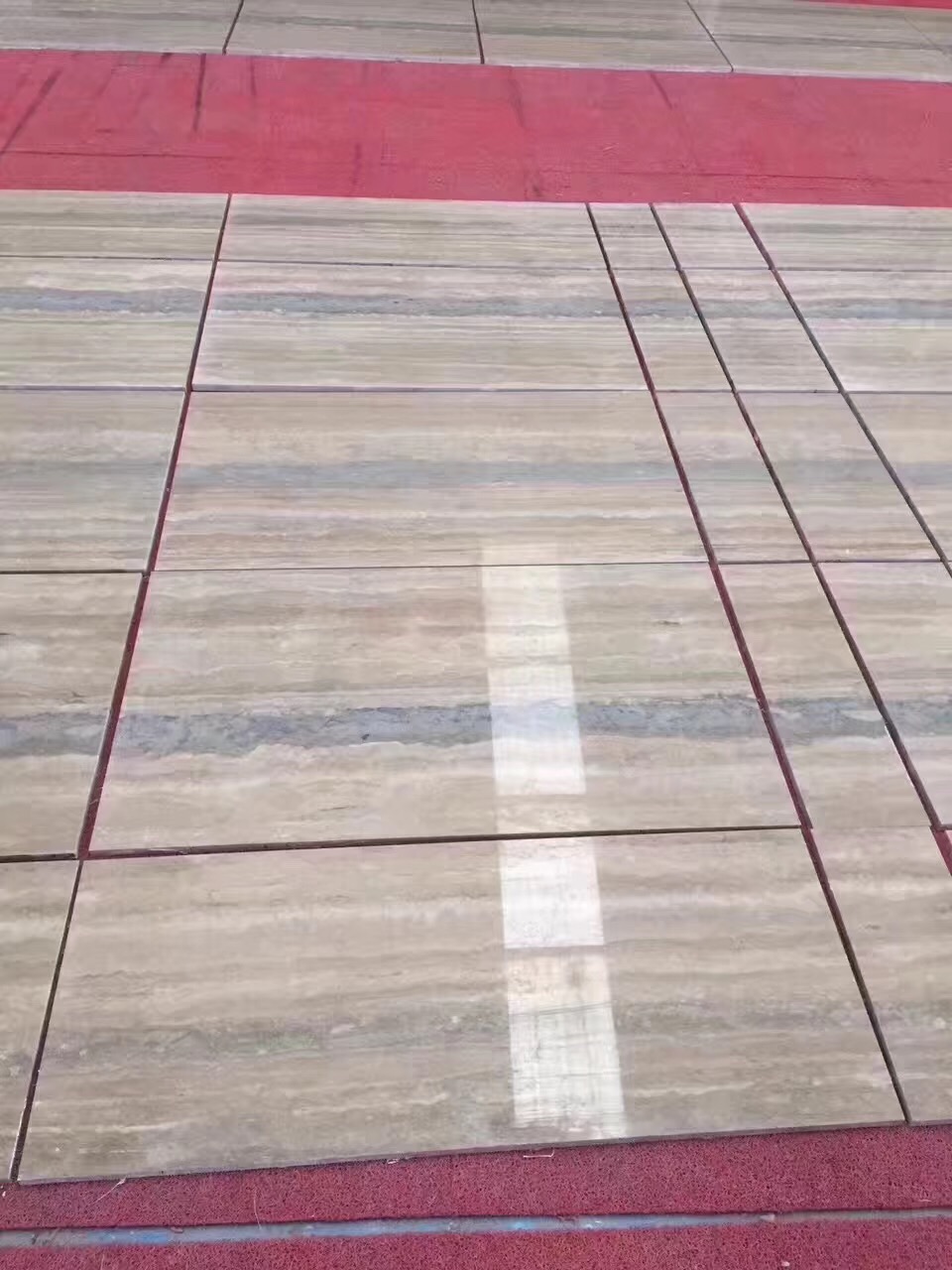





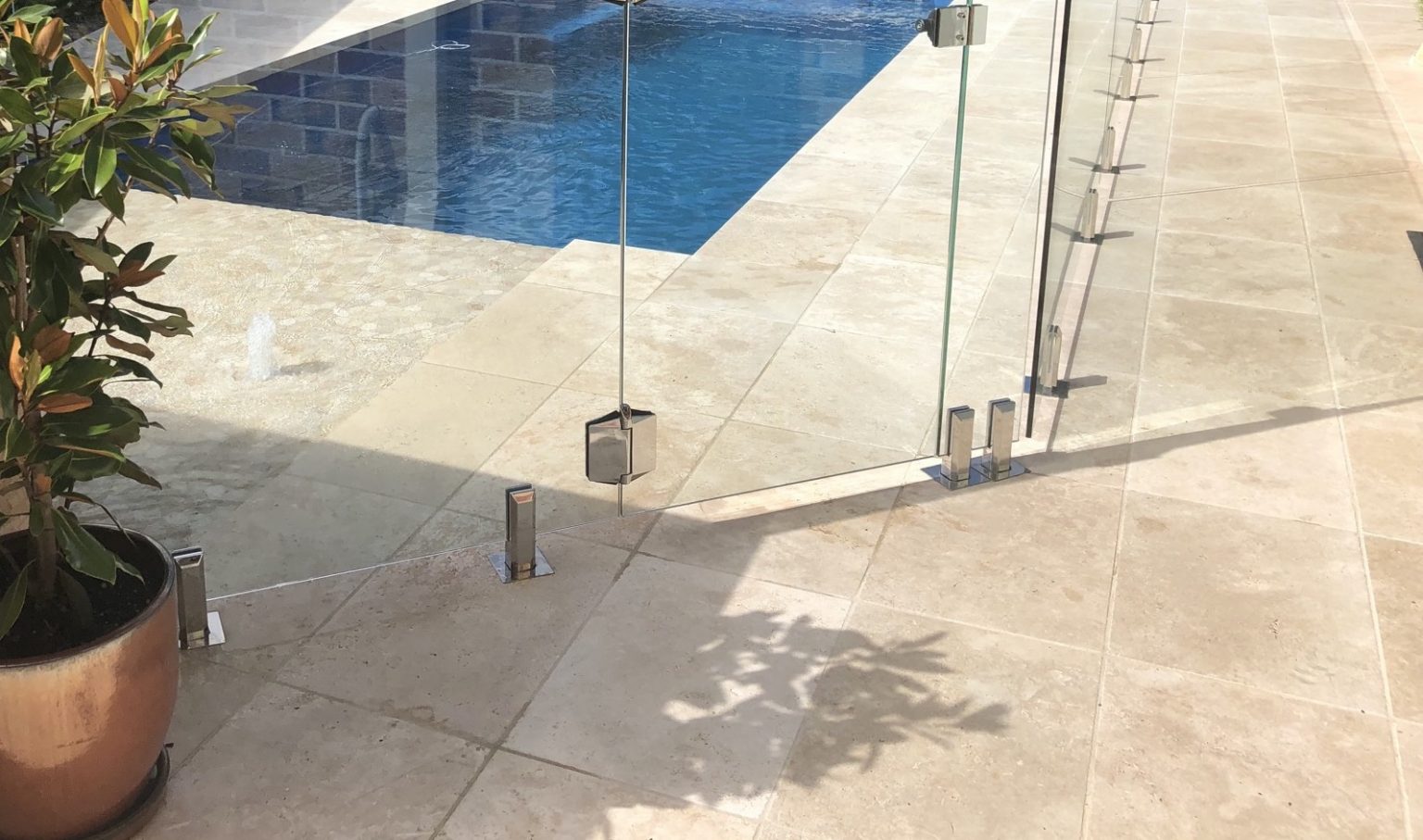





:max_bytes(150000):strip_icc()/travertine-flooring-pros-and-cons-1314707-03-7366b5c03c28424193e05dec679476a8.jpg)
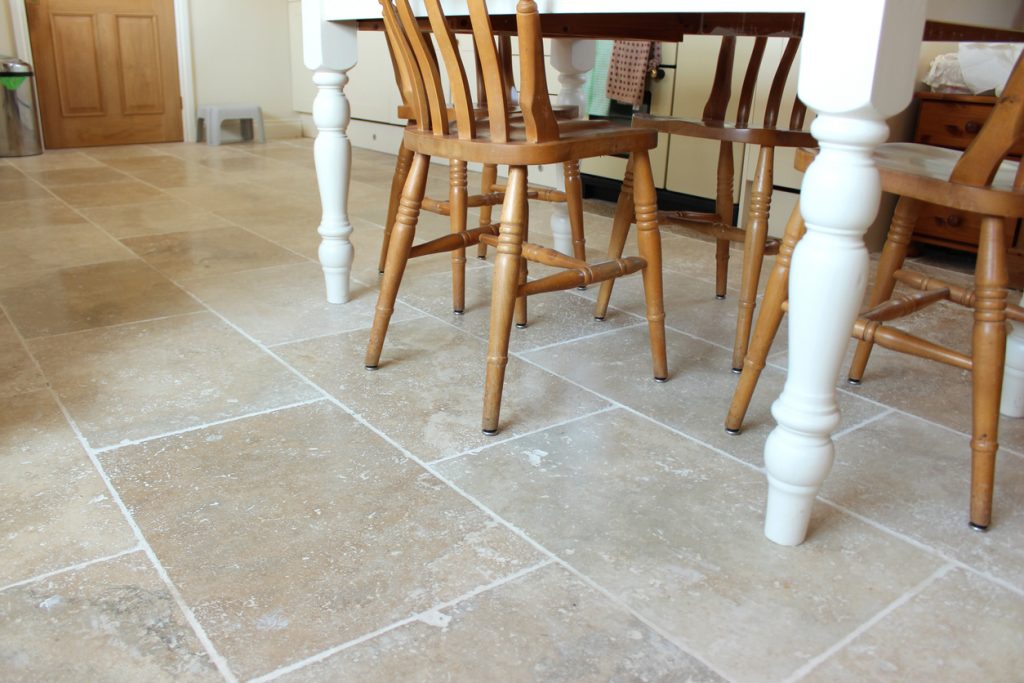
:max_bytes(150000):strip_icc()/Tumbled-travertine-5a205820845b34003671763f.jpg)












